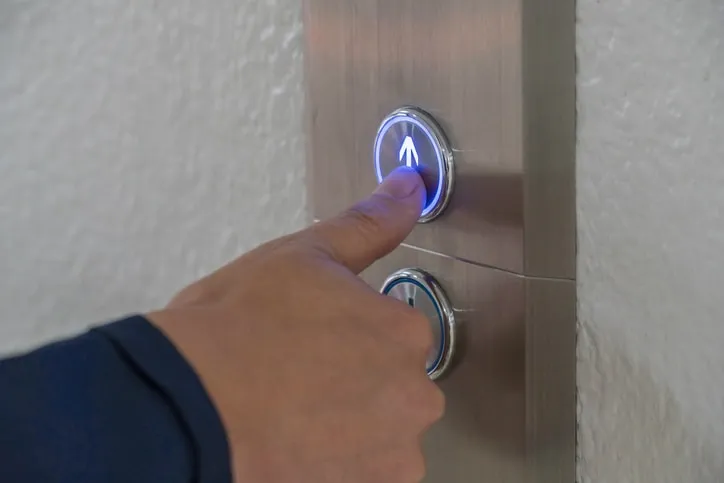Harmonized U.S. and Canadian Standards

On October 4, 1987, the United States and Canada agreed to the Canada-United States Free Trade Agreement (CUSFTA), and the agreement was brought into force at the beginning of 1989. This action eliminated tariffs and reduced many non-tariff barriers, and it was significant on the world stage because it was among the first trade agreements to address trade in services.
While CUSFTA has since been superseded by NAFTA, which also includes Mexico, its influence on standardization is still felt today. After the onset of the Free Trade Agreement, significant attention was given to the harmonization of U.S. and Canadian safety standards. This objective was pursued with the desire to remove potential trade barriers and provide an atmosphere through which North American manufacturers could market more freely.
The result of these efforts are today’s binational standards, documents developed jointly by the CSA Group and an American standards developing organization (SDO) through committees and subcommittees. In addition to these joint standards, we see some other standards today developed by a single SDO but serving both nations.
Such documents, as they were originally introduced, were also seen as a step towards harmonizing international standards. In a way, binational standards represent the ultimate goal of standardization in that they assure safe and efficient practices among a widespread group, while being specific to some of the varied needs of particular regions. This may occur, for example, with issues such as wiring or concerns surrounding the Authority Having Jurisdiction.
ANSI Z21/CSA Standards for Gas Appliances
After the Free Trade Agreement, much attention was directed towards standards addressing gas-fired equipment for residential, commercial, and industrial applications. Today, Z21/CSA Joint Technical Subcommittees, which operate under the jurisdiction of the Z21/83 Technical Committee on Gas Appliances and Related Accessories of the CSA Group, develop safety standards for gas-fired equipment manufactured and sold in the United States and Canada. These standards include:
CSA/ANSI Z21.88-19/CSA 2.33-2019: Vented gas fireplace heaters (you can read more about this standard in our post on ANSI Z21.88-2017/CSA 2.33-2017)
CSA/ANSI Z21.10.1-19/CSA 4.1-2019: Gas water heaters, volume I, storage water heaters with input ratings of 75,000 Btu per hour or less (you can read more about this standard in our post on ANSI Z21.10/CSA 4)
CSA/ANSI Z21.10.3-19/CSA 4.3-2019: Gas-fired water heaters, volume III, storage water heaters with input ratings above 75,000 Btu per hour, circulating and instantaneous (you can read more about this standard in our post on ANSI Z21.10/CSA 4)
ANSI Z83.11-2016/CSA 1.8-2016: Gas food service equipment (you can read more about this standard in our post on ANSI Z83.11-2016/CSA 1.8-2016)
CSA/ANSI Z21.1-2024/CSA 1.1-2024: Household cooking gas appliances
CSA/ANSI Z21.13-22/CSA 4.9-2022: Gas-fired low pressure steam and hot water boilers
CSA/ANSI Z21.101-22/CSA 8.5-2022: Gas hose connectors for portable and moveable gas appliances
You can find other ANSI Z21/CSA standards here.
ASME A17/CSA B44 Standards
However, harmonization between the CSA Group and U.S. standards developing organizations is not limited to the Z21/CSA Joint Technical Subcommittee. The safety code for elevators and escalators, ASME A17.1, dates back a century. In the mid-Nineties, parts of the code were harmonized with the CAN/CSA B44 elevator safety standard, and the eighteenth edition of the code was a fully binational standard, and all former deviations between the two were addressed.

Today, ASME A17.1/CSA B44-2019: Safety Code for Elevators and Escalators serves the safe installation, construction, maintenance, and operation of elevators, escalators, and similar equipment in the United States and Canada. It is the result of a joint effort by the CSA B44 Technical Committee on the Elevator Safety Code and the ASME A17 Committee on Elevators and Escalators to harmonize the provisions of CSA B44 and ASME A17.1. Additional documents that resulted from these efforts include:
ASME A17.1/CSA B44 HB-2019: Handbook on Safety Code for Elevators and Escalators (you can read more about this in our post on the Handbook on the Safety Code for Elevators and Escalators)
ASME-A17.8-2016/CSA B44.8-16: Standard for wind turbine tower elevators (you can read more about this standard in our post on Wind Turbine Tower Elevators)
CSA/IAPMO Standards for Plumbing Fixtures
For the plumbing industry, harmonization between certain U.S. and Canadian standards has been underway for a little over a decade, with joint development by the International Association of Plumbing and Mechanical Officials (IAPMO) and the CSA Group. Under the jurisdiction of the CSA Technical Committee on Plumbing Fixtures and the IAPMO Plumbing Standards Committee, there are currently the following binational standards:
CSA B45.5-17/IAPMO Z124-2017: Plastic Plumbing Fixtures (this actually replaces several IAPMO American National Standards, as well as one Canadian standard. You can read more about it in our post on CSA B45.5-17/IAPMO Z124-2017)
CSA B45.11-2017/IAPMO Z401-2017: Glass plumbing fixtures
CSA B45.8:23/IAPMO Z403-2023: Terrazzo, Concrete, and Natural Stone Plumbing Fixtures






